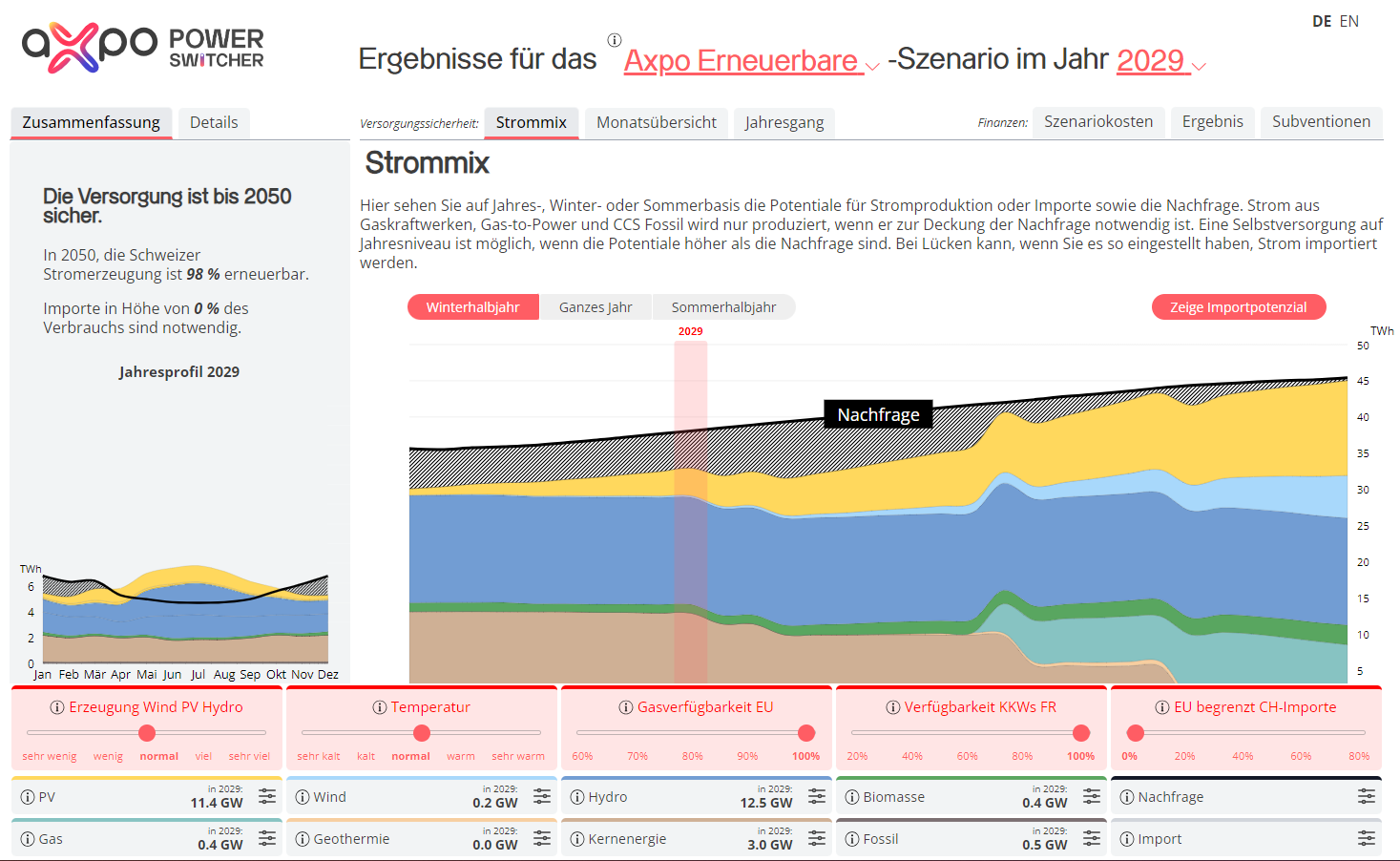23.09.2020 | Contribution to the debate on the new Energy Act/Part 2
Maximum funding efficiency through floating market premiums
The revision of the Energy Act is complex, and discussions on this topic often lead to misunderstandings. Some argue that, by promoting renewable energies, the electricity sector is supporting a system that is harmful and ineffective in a regulatory sense. The idea of floating market premiums has also come under fire, with suggestions that they are nothing more than a trick to shift the market risk to the government. Both arguments are wrong. This contribution aims to help create a solid basis for constructive debate on this issue going forward. Part 1 deals with the promotion of renewable energy, while this section, part 2, addresses the topic of floating market premiums.
The majority of the electricity sector is campaigning for a floating market premium as a future instrument to promote investments in renewable energy. With floating market premiums, investors are guaranteed a minimum remuneration for their output if they are awarded the contract. If the electricity price falls below this minimum, the difference is compensated with a subsidy.
The market premium mechanism has a decisive – often unspoken – advantage over investment contributions, in that it offers greater funding efficiency. To understand the greater funding efficiency of floating market premiums, it helps to see things from the investors’ perspective. Investors know that a very risky investment should offer a high potential return; likewise, they accept that a less risky investment will be associated with lower returns.
In a future market environment characterised by highly volatile electricity prices, investing in a new power plant is extremely risky. As a result, the potential returns need to be high enough to justify the risk and encourage investment. In other words, investors factor in a risk premium. At the same time, subsidies must be set high enough to make investments worthwhile in the first place.
A floating market premium not only increases the return on investment but – unlike investment contributions – also protects investors against price crashes, thereby reducing the risk of the investment. And because there is less risk, investors will invest even if the expected return is lower. In turn, this means that the subsidy required will also be smaller.
Investors still bear risk
Some argue that a floating market premium shifts all of the market price risk from investors to the government. This claim is based on the assumption that investors set their bid price – and thus their remuneration if they are awarded the contract – so that they will always be able to cover their costs.
However, this would only be the case if investors had to repay any additional proceeds to the state. If investors are able to keep their hands on the profit when electricity prices are higher than the bid price, they will reduce the bid price to below the cost of their investment. Otherwise, they would risk the contract being awarded to a competitor instead. This inevitably means that investors are left bearing some of the risk. At the end of the day, the overall risk is, therefore, shared between investors and the state.
Optimum incentives
Another criticism of the floating market premium is that it does not provide any incentives to operate power plants as efficiently as possible, as a set price is always guaranteed. Switzerland is already familiar with direct marketing, which involves producers selling their electricity on the market themselves. The subsidy is then paid out retroactively as the difference between a reference market price and the guaranteed remuneration. Under this kind of system, producers have an incentive to operate their power plants as efficiently as possible, as they need to achieve at least the reference market price in order to earn the agreed remuneration in addition to the subsidy.
Negative electricity prices could, in theory, create false incentives. That said, this can be avoided by configuring the funding instrument accordingly, such as by suspending subsidy payments in the event of negative prices.
The floating market premium can also be designed to provide incentives for producing additional electricity in winter. For example, remuneration could be increased in winter by a predefined factor. This would give plants generating electricity in winter a better chance of being awarded the contract. Since the expansion of winter production will be decisive for the security of supply in Switzerland, corresponding incentives should also be included within the funding instruments.
Conclusion
For an objective debate, it is crucial that the pros and cons of potential instruments to promote investments in renewable energy are presented correctly. It is also important to ask which instrument can achieve the greatest level of expansion with the least funds, i.e. which has the highest funding efficiency. By calling for a floating market premium, the electricity sector is emphasising the high funding efficiency that this mechanism achieves as a result of sharing the risk between investors and the state. If the federal government decides against assuming part of the risk, higher subsidies will be the only way for it to achieve the expansion it desires from a political perspective.
Fabian Feger, Regulatory Manager at Axpo




.jpg)





